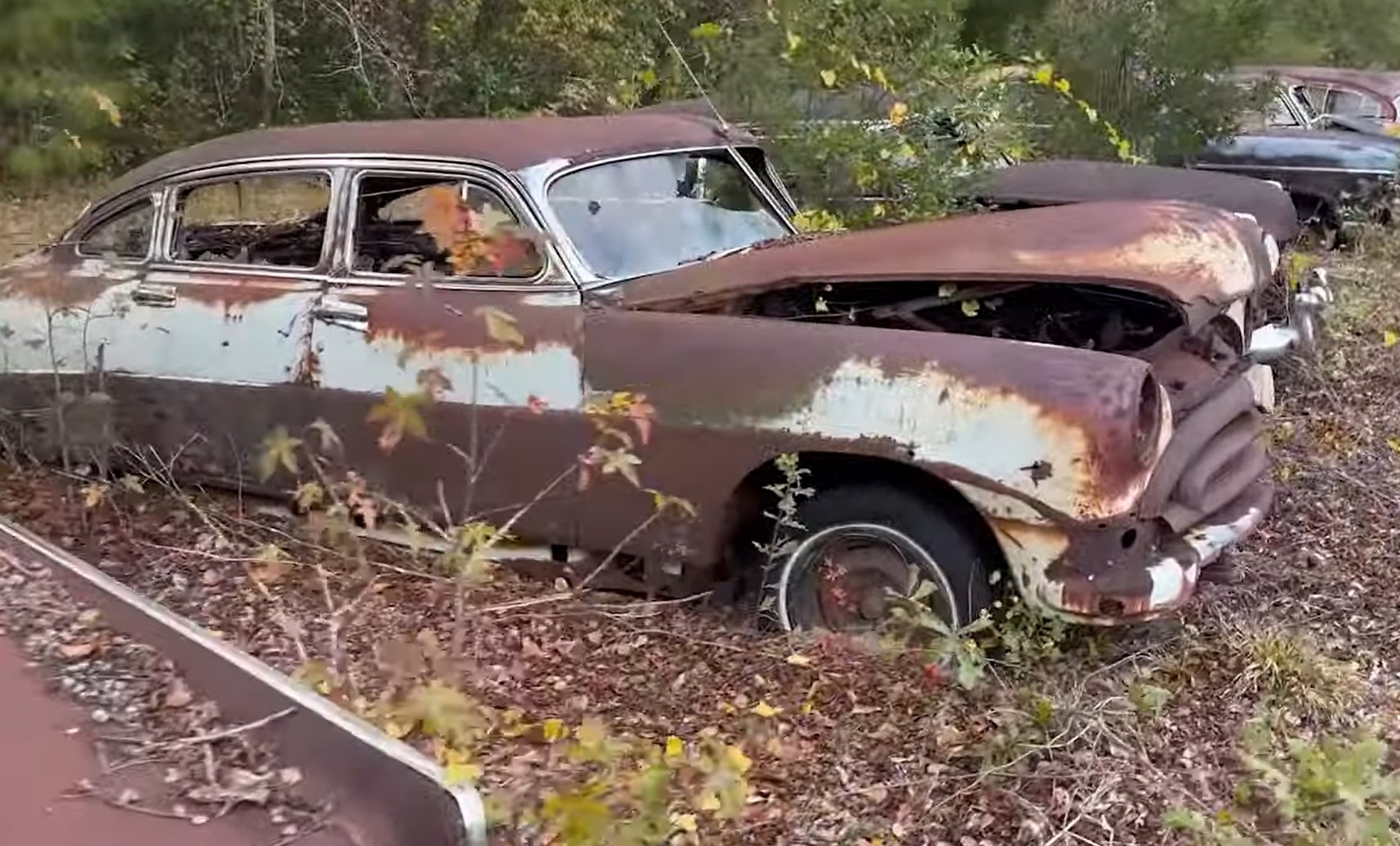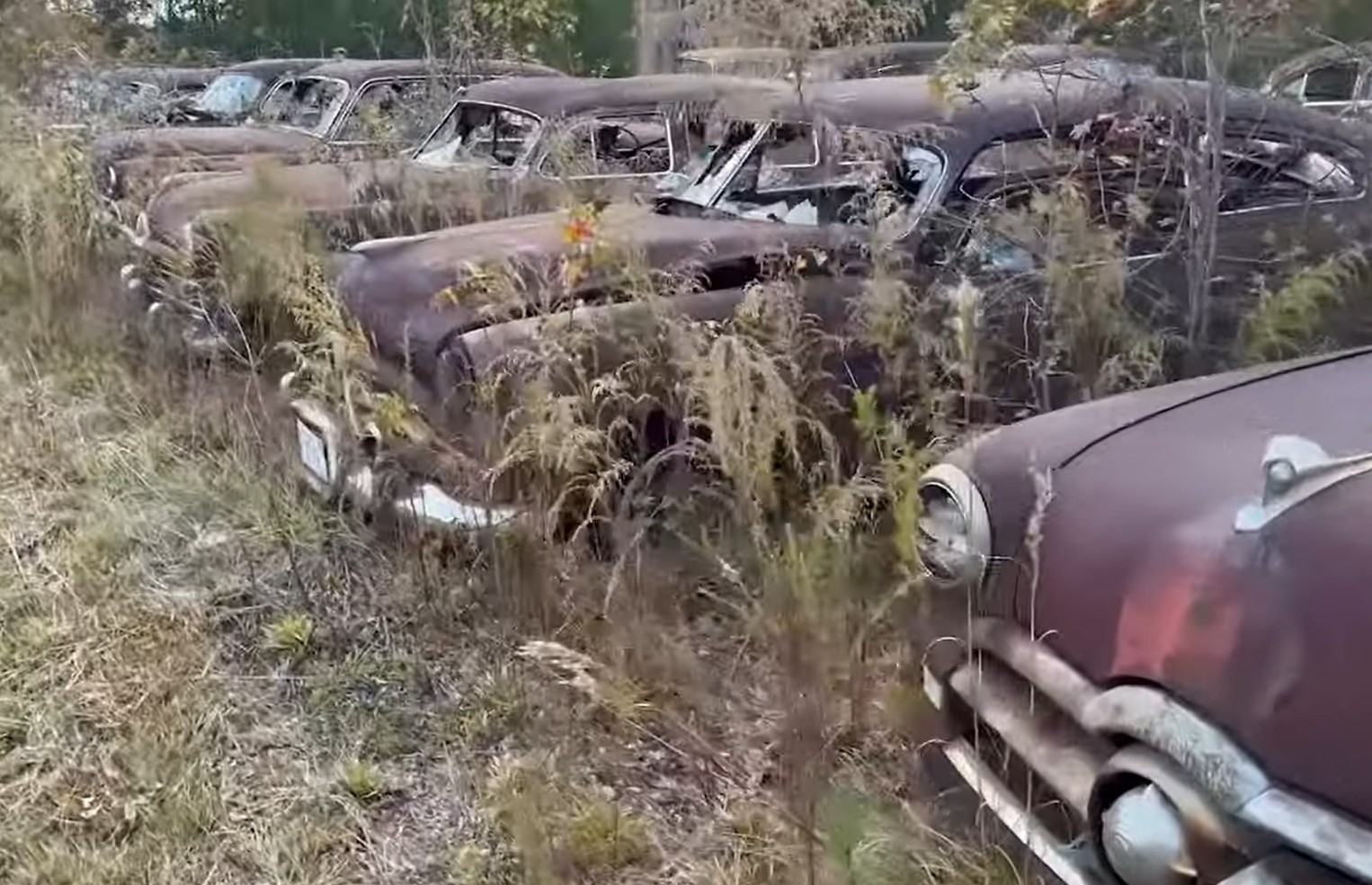Derelict 1950s classic cars are far from unusual because you can find millions of them in junkyards across the U.S. But while there’s plenty to choose from when it comes to Fords, GMs, and Mopars, you won’t find that many Hudsons out there.Established in 1909, Hudson remained on the market until 1954, when it merged with Nash-Kelvinator. And it built a few iconic cars before it went into the history books. Okay, iconic might not be the best word to describe most of the company’s relatively known nameplates, but the Hudson Hornet is indeed legendary.
Come 2022 and the Hornet is a rare classic too. Yeah, Hudson may have built tens of thousands of units per year in the early 1950s, but many of them didn’t survive to see the 21st century. And most of those that did are still locked away in burns or rotting away in junkyards. Not to mention that the desirable two-door models are far rarer than the four-door sedans.

The Hornet made its debut in 1951 and remained in production until 1957. However, only the first-gen car, built until 1954, is considered a true Hudson since the second-gen model was produced by the then-newly-formed American Motors Corporation. The first-gen Hornet is also more desirable because it’s the one associated with the cars that dominated NASCAR in the early 1950s.
Then there’s the Commodore. While not as iconic as the Hornet, the Commodore arrived a full decade ahead of its sportier sibling. It debuted as a spiritual successor to the Greater Eight in 1941 but it disappeared in 1942 as the U.S. geared up for World War II.
The nameplate returned in 1946 with a similar design, but a third-gen model was launched in 1948. One of the first brand-new designs of the post-WWII era, the 1948 Commodore also introduced the “step-down” construction that helped turn the Hornet into a NASCAR-conquering machine. The name was discontinued in 1952 but returned as a show car in 1957.

Oh, and did I mention the Wasp? Yup, Hudson had yet another full-size in showrooms in the 1950s. Also offered in a variety of body styles, the Wasp arrived in 1951 alongside the Hornet and remained in production until 1956. The final year version is particularly rare with only 2,519 units built.
Come 2022 and seeing examples of all three nameplates in one place is extremely rare outside a Hudson fan club meeting. Well, this stash of derelict cars uncovered by “Poor Boys Garage” includes quite a few of them.
Yes, they’re in poor shape and some of them might not be worth saving, but it’s pretty much a goldmine if you have a Hudson project in the works. Especially since some of these cars may still have the company’s cool 308-cubic-inch (5.0-liter) “Twin H-Power” inline-six engine under their hoods. Check them out in the video below.
